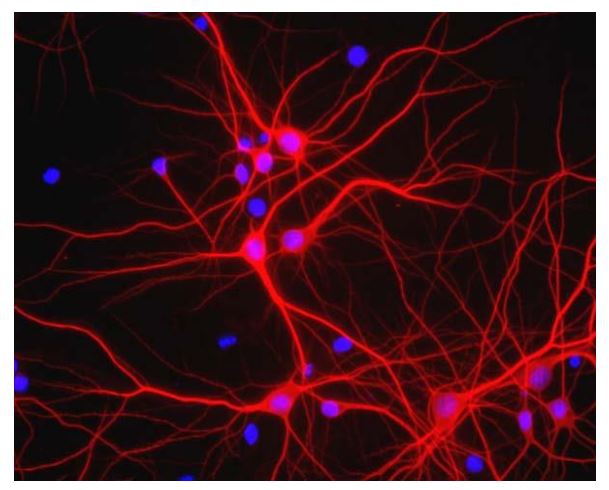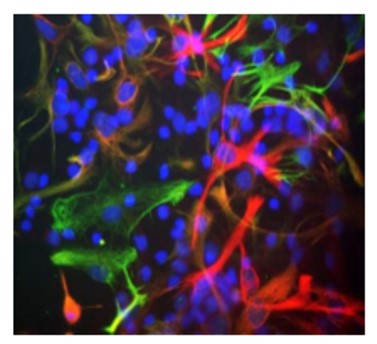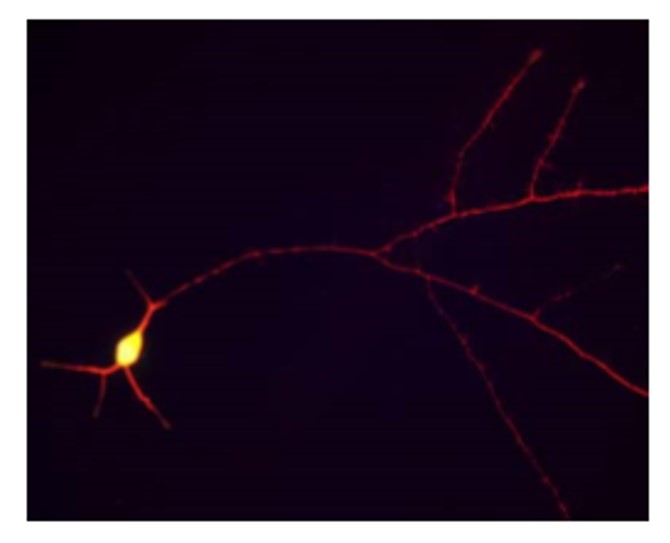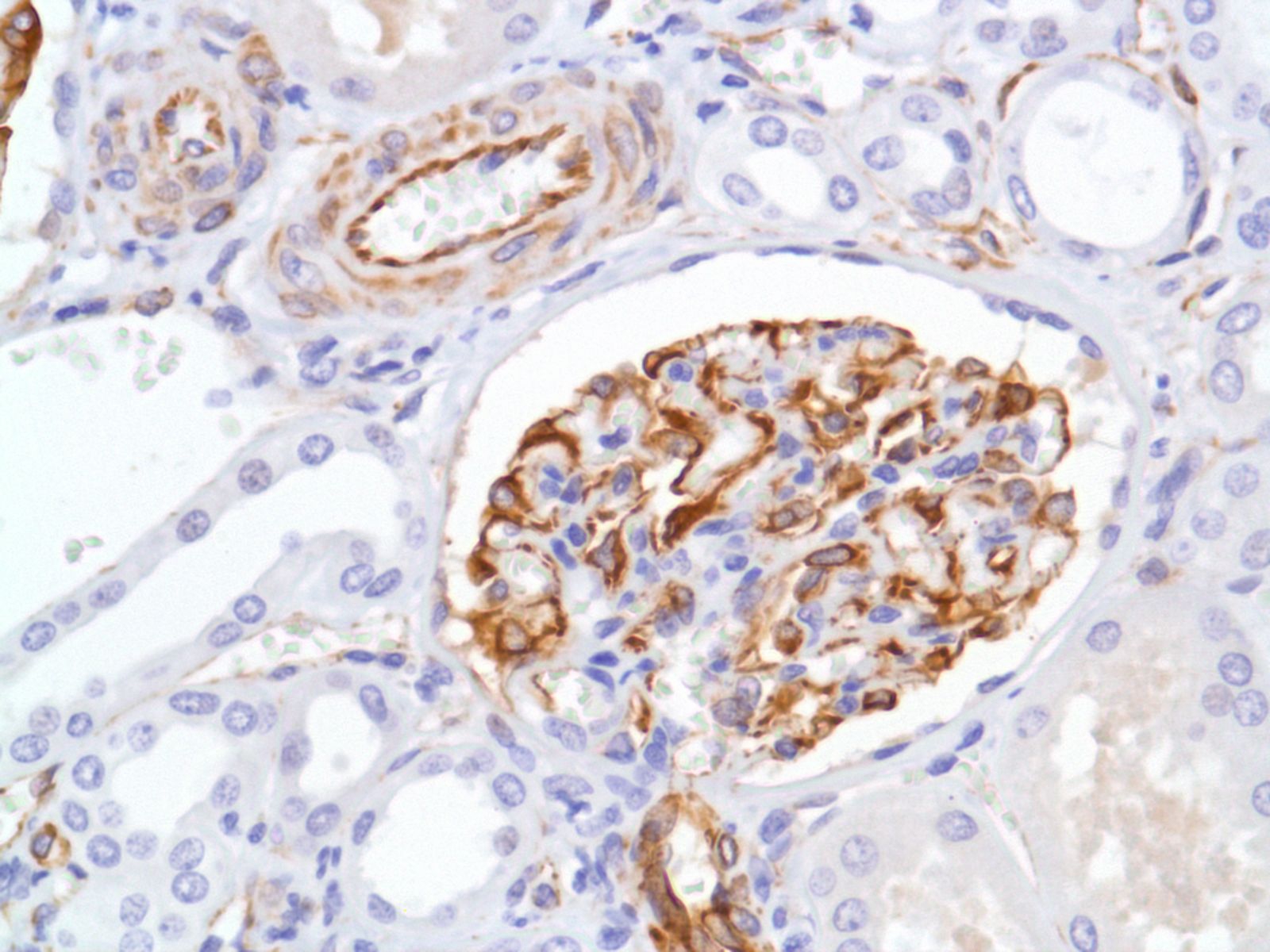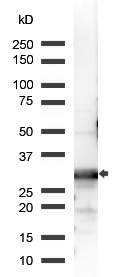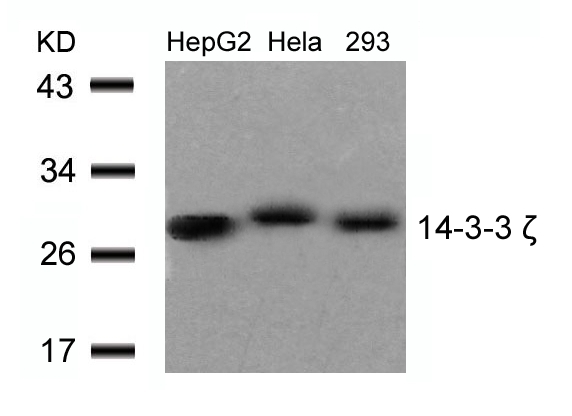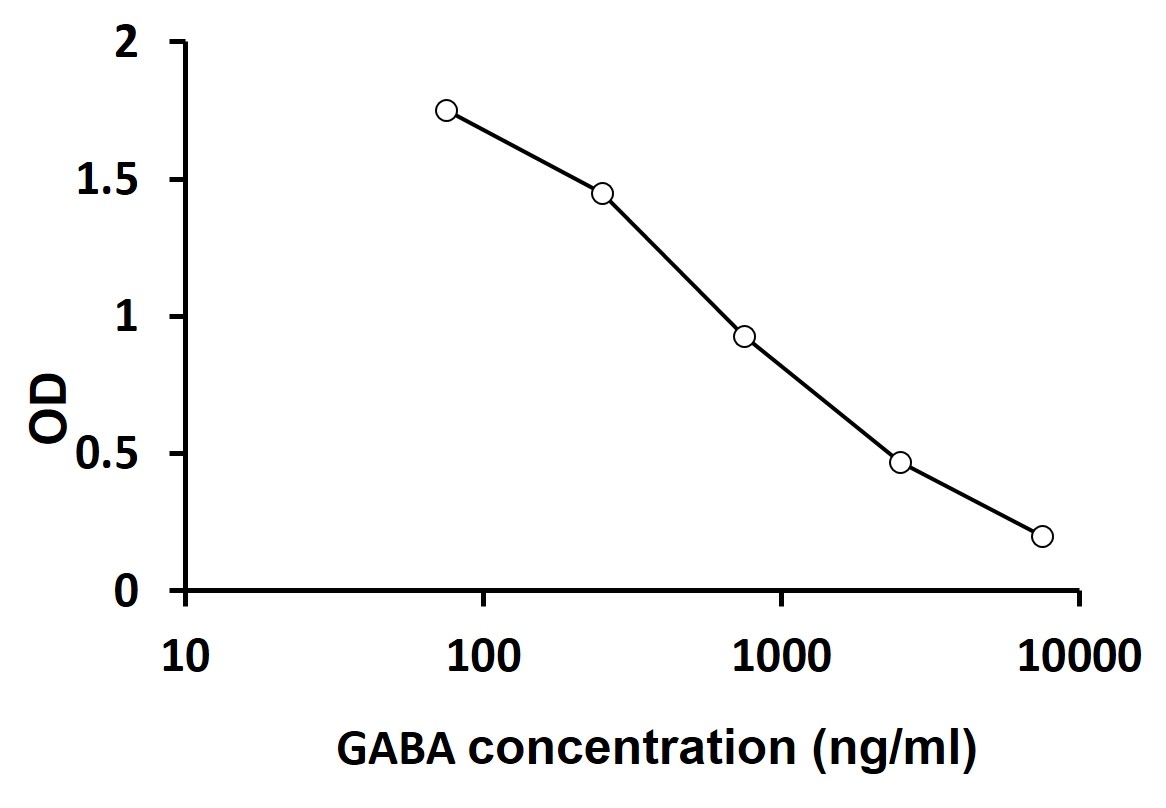14-3-3η as a promising target for the treatment of Major Depression Disorder
14-3-3η as a promising target for the treatment of Major Depression Disorder
|
Major depressive disorder (MDD) is the second largest contributing factor to disability in developed countries. Serotonergic or adrenergic-based antidepressants require 2-4 weeks of use before relief of symptoms occur. This lag time, unfortunately, presents a vulnerability to suicide. Clinical studies show that ketamine acts rapidly and is efficacious in treating depression. However, ketamine has the potential for abuse, tempering enthusiasm for its use. Thus developing new antidepressants that act rapidly and have less side-effect is vital. Recent studies suggest that rapid antidepressants cause a shift in the g-aminobutyric acid receptor (GABABR) signaling pathway, such that GABABR activation shifts from opening inwardly rectifying potassium channels (Kir/GIRK) to increase resting dendritic calcium signal and mammalian Target of Rapamycin activity. Nevertheless, little is known about the molecular and biochemical mechanisms that initiate this shift. Herein, Workman et al. figure out that GABABR signaling to Kir3 (GIRK) channels decreases with NMDAR blockade. Blocking NMADR signaling stabilizes the adaptor protein 14-3-3h, which decouples GABABR signaling from Kir3 which is required for the rapid antidepressants efficacy. Moreover, GABABR and 14-3-3h levels decrease in the hippocampus of socially defeated rodents, a model for depression. Treatment with NMDAR antagonists increases GABABR and 14-3-3h expression while decreases Kir3.2 level in these neurons. Taken together, this study support a central role for 14-3-3h in the efficacy of rapid antidepressants and define a critical molecular mechanism for activity-dependent alterations in GABABR signaling. g-aminobutyric acid (GABA) is the major inhibitory neurotransmitter in the brain. GABA levels have been reported to be low in the plasma samples of MDD patients. arigo provides GABA ELISA kit (ARG80451) for researchers to demonstrate the relationship between GABA secretion and depression. 14-3-3 proteins are a family of conserved regulatory molecules that have the ability to bind to many functionally diverse signaling molecules including kinases, phosphatases and receptors. arigo provides 14-3-3 Family Antibody Panel (ARG30116) for the study of 14-3-3 protein functions. MAP2, Tau and Nestin are common neuronal markers used in neuroscience studies. Neuron Marker Antibody Duo (ARG30009) and Neuron Development Marker Antibody Duo (ARG30083) are the best options for elucidating neuronal patterns in your immunostaining experiments.
Antibody Duo
Antibody Panel
|
|||||||||||||||||||||||||||||||||||||||||||||||||||||||||||||||||||||||||||||||||||
| For more product information, please contact Arigo Biolaboratories Corp. | |||
 |
 |
 |
|
| www.arigobio.com | info@arigobio.com | +886 (3) 562 1738 | |
| nuts about antibodies | |||
